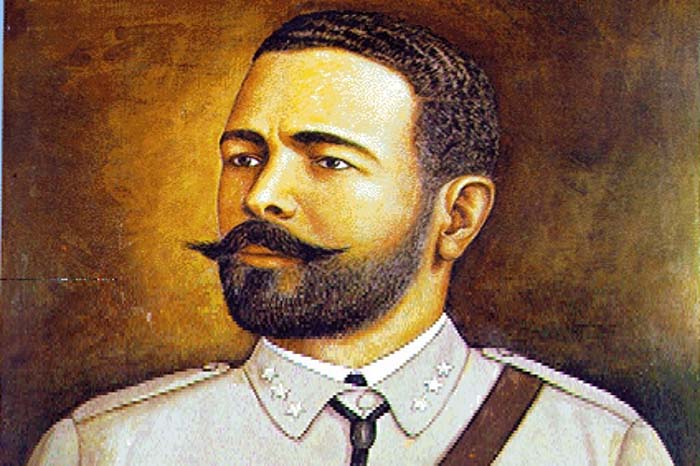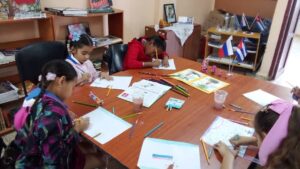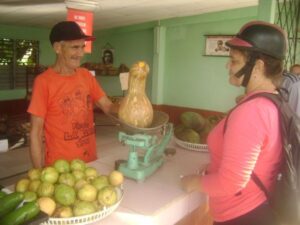On December 7, 1896, about 500 cavalry and infantry troops of Cuban forces operating in the former province of Havana were camped at the San Pedro estate, Punta Brava, awaiting the arrival from Pinar del Rio of Lieutenant General Antonio Maceo, who according to an open secret would lead an attack on the capital from the direction of the Lisa, Marianao.
Maceo was returning from Pinar del Rio after taking the war to the town of Mantua in the western end of that province, a feat that was considered by reputable military men of the time the military deed of the century, when crossing from east to west a narrow island occupied by more than 300 thousand members of the Spanish army.
The area of San Pedro presented a topography of predominantly plains and fields of crops framed by stone fences and the then novel barbed wire, which delimited the pastures of the rustic farms mainly of medium and small owners, peculiarities that would have a fatal consequence that day for the Cubans.
According to several historical sources, the security around the Mambi camp was not all that effective when the Bronze Titan arrived on the morning of December 7, suffering from a bad cold.
The Mambi chief was near noon resting in his hammock, when inexplicably burst almost to the center of the camp an enemy vanguard formed by a guerrilla of traitors that were rejected mainly by the contingent of Santiago de las Vegas, led by Colonel Juan Delgado who made more than 20 mortal victims to the enemy, who fled terrified, which gave time to the Lieutenant General to put on his boots, mount his horse and get in front of the combat.
He grouped the forces and ordered a group to break through a barbed wire fence that prevented the cavalry from maneuvering, and was within reach of a squad of Spanish soldiers ambushed behind a stone fence and armed with Mauser rifles that mortally wounded Maceo with a shot that shattered his jaw and hit his carotid artery.
Before the fall of the chief, there was general discouragement in the insurrectionist ranks, but Captain Panchito Gómez Toro, his assistant, although he was not in the combat because he was convalescing from a wound, went in the opposite direction of those who were fleeing and arrived under close fire to where the Bronze Titan was lying. When he saw that it was impossible to rescue his corpse, he wrote a note to his family informing that he would die together with the Mambi strategist and tried to commit suicide, without succeeding, until a traitor finished him off with a machete blow.
It was Colonel Juan Delgado, barely thirty years old, who once again overcame the cowardice of others and called to rescue Maceo. He carried the two bodies under fire during the whole night of December 7 until arriving at the farm of some patriots in the hills of Cacahual, near Santiago de las Vegas, and there he gave them safe burial with the family of Pedro Perez, far from the colonialists, who wanted to exhibit the remains as macabre trophies.
Thus ended his earthly life at the age of 51 Antonio Maceo, who together with his parents and siblings, urged by his mother Mariana Grajales and kneeling before a crucifix, swore at the beginning of the 1868 war that they would fight for the independence of Cuba.
He shone as a thinker and strategist, when at only 32 years old he opposed the surrender that meant the Zanjón Pact, before which he rose up in the Baraguá Protest, the most heroic page of our history, in Martí’s words.
He was anti-imperialist, which he reflected in several documents and anecdotes, as in 1890 when he was visiting Cuba and while enjoying a tribute a young man insisted on the idea of annexation to the U.S. as a solution to the country’s problems, to which the Bronze Titan replied:
«I believe, young man, although it seems impossible to me, that this would be the only case in which perhaps I would be on the side of the Spaniards.»
His career was marked in his body by 27 bullet and stab wounds, throughout more than 600 combats. His internationalist and Latin Americanist thinking was evident when he wrote that he would not rest without liberating Puerto Rico from Spanish colonialism.
During the republican era he was very deservedly exalted in marble and bronze monuments, and every December 7 his deeds were remembered, but also far from official recognition his legacy, like those of José Martí and other patriots, were preserved and transmitted to the new generations from the most humble elementary school.
Ninety-three years after his fall in combat in 1989, tribute was paid to the Lieutenant General in a very special way, when the tradition of commemorating the date as the Day of the Fallen in the Wars of Independence and International Missions began.
That day was the culmination of Operation Tribute, which transferred to Cuba from Angola, Ethiopia, Nicaragua and other places, the remains of the Cuban combatants who fell in those lands, which were exhumed simultaneously in all the municipalities of the country, from where they left to fulfill their duty.




